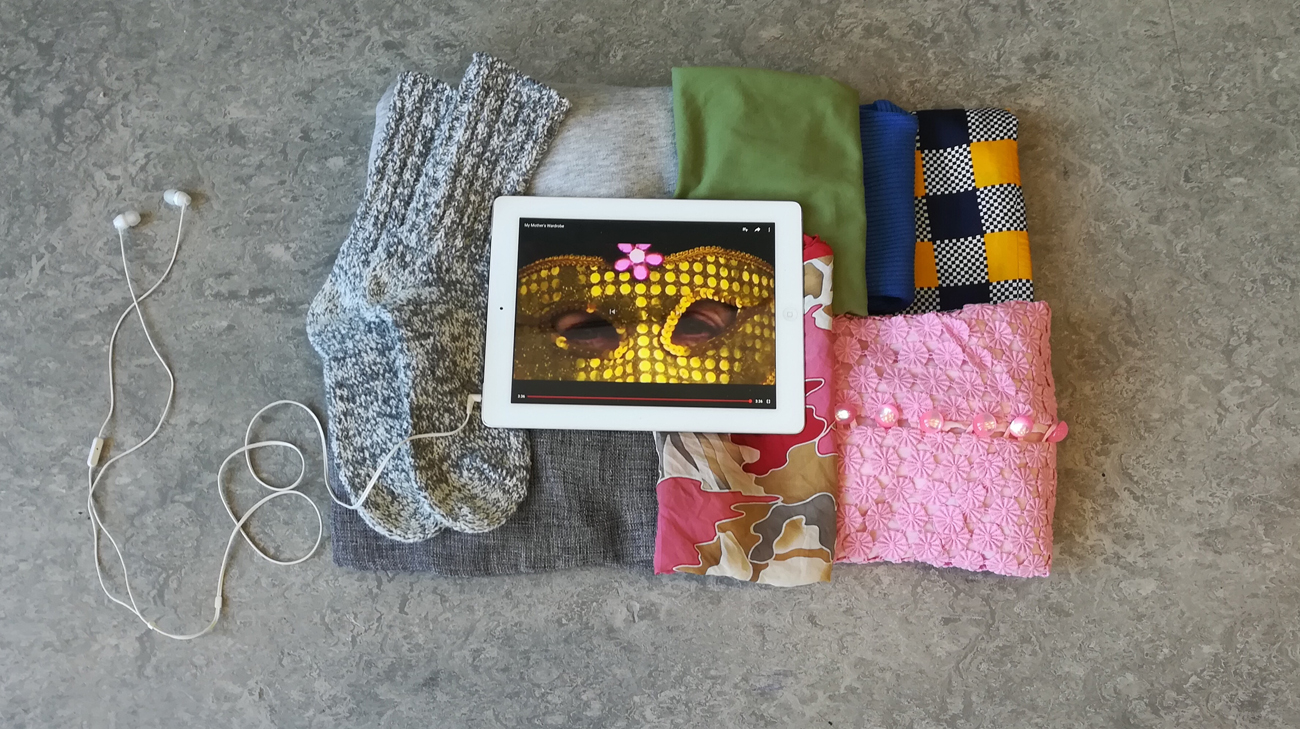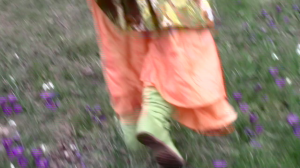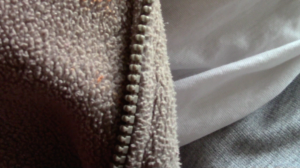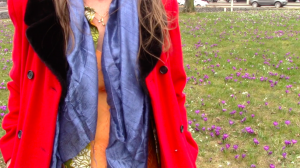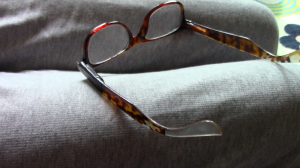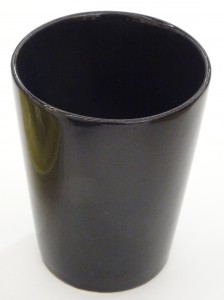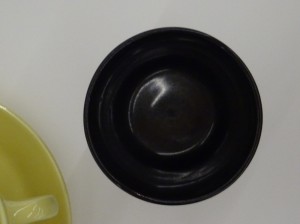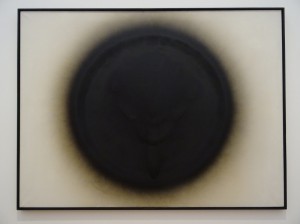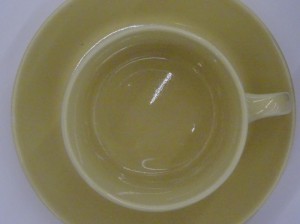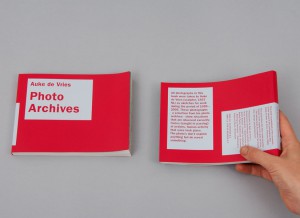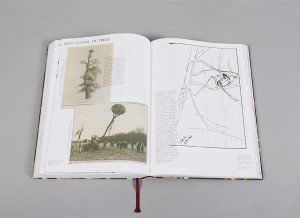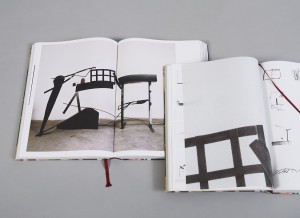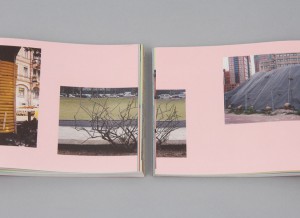For many people colours have stark connotations related to their moods. Think of sayings like “feeling blue”, “being green with envy”, “seeing red” or think about mood-rings that supposedly change colour every time your mood changes. Undoubtedly moods and colours are intertwined in one way or another.
Thinking of mood swings related to colour makes me think of my mother, who has bipolar disorder. Bipolar disorder causes swings in mood, energy, and the ability to function throughout the day. It is known for alternating periods of depression and mania that can last from days to months. Thus she has experienced extreme mood swings. How does she relate her moods to colour? She personally doesn’t clearly remember what happened during her manic episodes, I however do and noticed how her mania and depression greatly influence her way of dressing. She has a wardrobe filled with exotic clothes in all colours of the rainbow and lot’s of different prints and styles. When being manic she dresses herself as an artwork before going outside, making heads turn wherever she goes. When being depressed she doesn’t really dresses herself, but instead stays in her grey pajamas’s at home all day. I think that a lot of people might experience that they wear more colourful clothes when feeling happy and wearing more neutral toned clothes when feeling sad. I decided to create a colour system based on my mothers way of dressing, and not on people’s way of dressing in general or on people with bipolar disorder’s way of dressing. I thought it would be generalizing people’s experiences too much and I think that especially dealing with people who have a condition like bipolar disorder one must avoid that to avoid stigmatizing the disorder. Not every person with bipolar disorder has the same behaviour towards their wardrobe, or the same experiences in general.
After having decided to make a colour system based on my mother’s way of dressing, I read a lot of general information about bipolar disorder, which didn’t bring me any further in the development of my project. I could also hardly ask my mother any questions about it, as she doesn’t remember how she was when being manic. I later found an interesting article written by someone who also has been diagnosed with bipolar disorder, about what having this disorder means for their gender identity. The writer of the article identifies as a non-binary person, and thus I shall refer to them as “their” and “they”. They experience that when being manic they feel more feminine, and when being depressed they feel more masculine. This shows itself in many ways, one of them being the way they dress. When feeling manic, they will wear a dress, when feeling depressed, they will wear baggy clothes. This made me realize how my mother’s way of dressing doesn’t only change in colour when her mood does, but also in how traditionally feminine versus masculine her clothes would be. When being manic it wouldn’t be a bright yellow sweatpants she would put on, but a bright yellow dress. When being depressed she wouldn’t put on a grey miniskirt, but grey oversized sweatpants instead. This was something to keep in mind in the development of my colour system.
After researching I figured it was time to start working hands on. I collected all the traditionally feminine colourful clothes and the traditionally masculine baggy neutral toned clothes from my own wardrobe. I realized that I order my clothes by colour in my wardrobe, in some way I was thus already working on this project of making a colour system before it even started. With the clothes I tried making a small installation without damaging the clothes, this was very frustrating. Somehow nothing I tried seemed to work for me and I soon decided to quit trying. I felt like the best ways of displaying clothes without damaging them already existed and happens all the time and everywhere, which is putting them on mannequins, on hangers or folding them neatly. I didn’t feel like playing clothing store, so this was not the way to go. I took a step back from the whole process, let some time pass to then later come with new insights again. I concluded that the colour system I was trying to create already existed and just needed to be documented. I decided to make a video with my mother, of her wearing two bipolar outfits.
The filming went very smoothly, my mother and I enjoyed putting the outfits together and enjoyed spending time together, which to me makes the video feel genuine too. We tried to make the contrast between her two outfits/moods very clear, but still true to reality. This lead to us filming her depressed outfit inside on the couch, and her manic outfit outside in a field of flowers with more movement. I later also edited the video to be slowed down when her depressed outfit was shown, and sped up the video when her manic outfit was portrayed. When presenting the video, I went back to trying to make an installation using my own clothes but now including the video shown on a tablet. I felt like just showing the video on a big screen would not fit how personal and tangible someone’s clothes, and thus my colour system, are. To make it even more personal/intimate, the viewer of the work needs to wear headphones to hear the sound of the video.
Here are some stills from the video:
